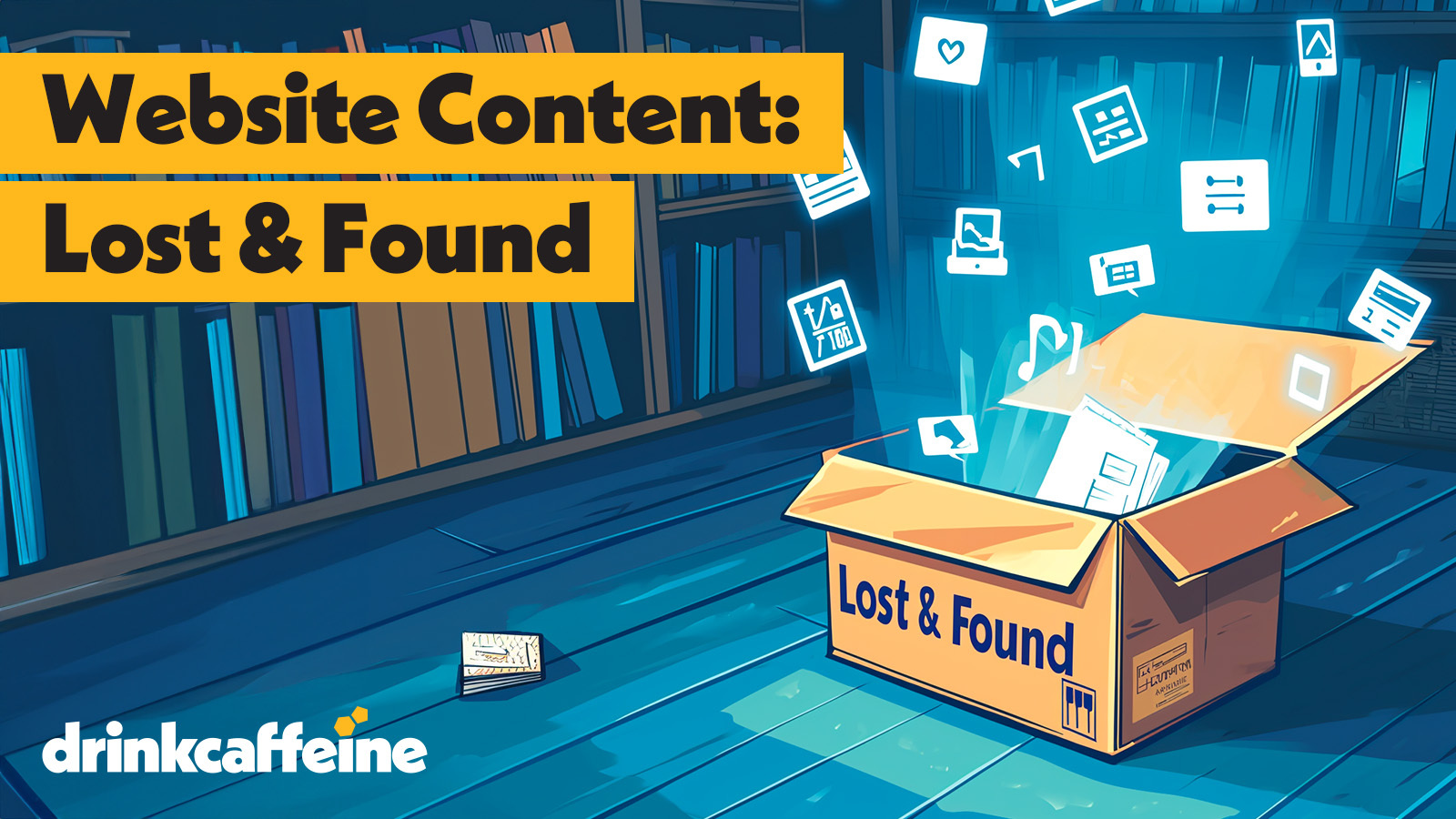
Generation Z doesn’t like you
Generation Z – loosely defined as people born between 1995 and 2010 – isn’t interested in your marketing program.
Nor are they interested in your “Values” or your Facebook page, which to them is dead as disco. If they want to learn about you, they’ll look at YouTube. Once they’re seeing your content, you have about 8 seconds to give them a reason to stay.
Gen Z members are mobile natives, technically smart, assiduously attuned to social content – and deeply suspicious of marketing content.
Yet, as prospective students, Gen Z represents both the present and future of competitive educational institutions. So let’s talk about how to reach them.
Gen Z are not Millennials
Reminder: Millennials may have been born digital, but they had to master a learning curve within the advent of digital and in some sense paved the way for Gen Z’s fluency.
It almost seems quaint, but Millennials are still known to actually to click on ads, exhibit allegiance to some brands, and even – wait for it – watch TV. Also, they really hate Nickleback more than anything.
Gen Z occupies a different orbit, requiring different thinking.
Get practical, get tactical: 7 points of emphasis for Gen Z education marketing
1. Feature financial content. One of our favorite Gen Z attributes is that they are economically minded. They grew up during the Great Recession , and debt is no joke to them, so don’t hesitate to put money issues front and center – in the right environment.
The most popular financial topics for Gen Z: Financial aid options, credit transfer policies, tuition calculation, advance placement courses.
2. Use candid imagery. Because Gen Z mistrusts marketing, make sure your visual content feels unforced. We often advise education clients to be more photojournalistic in visual direction, and get away from people staring into the lends and smiling their fannies off.
3. Use captions, not copy. In general, reducing word count for Gen Z is good practice. Emails should be 75 words or less. BTW: We often use short captions embedded in images to ensure that key copy gets seen and provides a deeper context for the image.
4. Use students’ voices. Make student-generated content a cornerstone of marketing – in video, in blogs, in viewbook profiles (consumed by parents), and in Development. Use their authenticity. It’s more convincing than yours.
5. Don’t abandon Facebook. While many Gen Z cohorts will say they don’t use Facebook, there’s a lot of anecdotal evidence that they do. This does not suggest a Facebook content strategy for Gen Z. It only means that Facebook can remain a touch point with broad intergenerational relevance.
6. Don’t talk about diversity. For two reasons: 1. For Gen Z it’s cheesy. 2. It’s what we call a “brand hygiene issue” and should be a given. Think of a restaurant with a sign out front that says, “Now Rodent-Free!” You get the point.
7. Lead with your logo. In all video content, try to feature your logo early on, since no Gen Zer will be watching to the end.
Of course there’s more to education marketing than what one blog can cover. So contact us for a beverage and a conversation.

